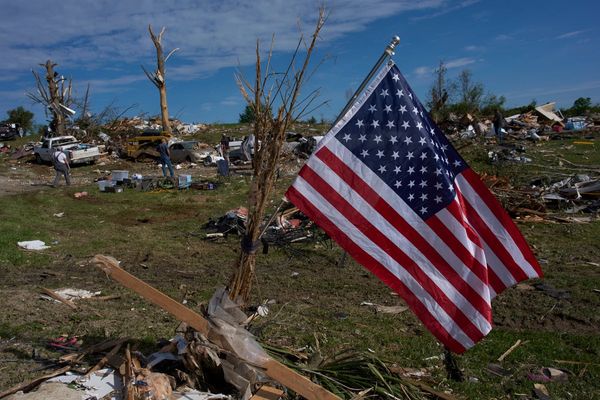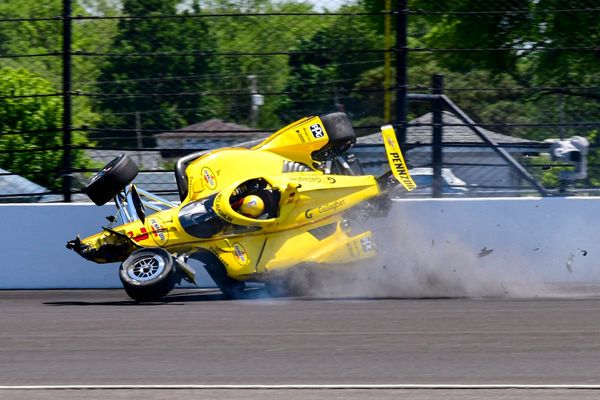
Tuscany offers outstanding wine destinations, like the Chianti, Montalcino and Montepulciano areas south of Florence, where you can travel through camera-ready vineyard landscapes and enjoy famous vintages at their source. But no fan of superb wines should miss another key territory, where the Super Tuscans, those relatively new (since the 1970s and 80s) wines, were born. Many of the tenute, cantine and castelli of these pioneering wineries are located along or near the Etruscan Coast, one of the oldest settled parts of the Italian peninsula.
Here are some of the reasons to explore the land of the Super Tuscans, with insider suggestions from those deeply involved with the area today.



It’s a unique wine area to get to know. There are many wineries to visit for tastings, starting in the north at the Castello del Terriccio in Terriccio (the town of the estate), a top vintner that produces Super Tuscans like Lupicaia and Tassinaia. The 1500-hectare agricultural property, with vineyards, olive groves, fields and pastures has an enviable location amid “hills that overlook the Tyrrhenian Sea and the islands of the Tuscan archipelago, Elba, Capraia, and Gorgona,” says Giacinta Pocci Muti Bussi, who manages exports for the company.
Like many wineries in Italy, Castello del Terriccio is a multi-generation family business—this year celebrating the 100th anniversary of ownership by the Rossi di Medelana, an aristocratic family that dates its heritage in Italy to the Middle Ages. Vittorio Piozzo di Rosignano Rossi di Medelana, nephew of Gian Annibale Rossi di Medelana, a revered winemaker who first developed the company’s highly-rated Lupicaia and Tassinaia, owns and manages the estate today. (Tours and tastings can be arranged by appointment with six degustazione options, ranging from a sampling of all four of the Castello del Terricio’s wines to a vertical tasting of three Lupicaia vintages.)

To further get to know the area, travel the Strada del Vino e Olio degli Etruschi (the Etruscan Coast Wine and Olive Oil Trail), running from Bibbona to Piombino on the mainland, and then over to Portoferraio on the island of Elba. Along the way stop to sample the wines and olive oils—the trail traverses several DOCs, including the famous Bolgheri DOC. In the Bolgheri area you’ll find the wineries of Super Tuscan producers like Ornellaia, owned by the Frescobaldi family, and Marchese Antinori’s Guado al Tasso. Also make time to visit Etruscan ruins near the trail, like those found in the Archaeological Park of Baratti and Populonia, a short drive from Piombino.

The scenic routes to drive or bike along. Many pleasures in Tuscany are the simplest ones—like driving through the countryside and taking in the painterly landscapes—for example along the Chiantigiana in the heart of Chianti, or the roads threading through the mesmerizing Val d’Orcia. In this area Giacinta Bussi says that the “Via Bolgherese from Bibbona to Castagneto Carducci is beautiful to ride along, especially on bike.” Bussi also recommends taking the scenic route from Cecina to Volterra.
Travelers here often seek out another outstanding road, the Via dei Cipressi, located between Bolgheri and the Oratory of San Guide, and lined with majestic cypress tress.

The wine and hill towns to visit. The hill towns in the area can offer striking sea and countryside views and deeply layered histories that often reach back to the time of the ancients. “Not too far from Castello del Terriccio are the beautiful and historical villages of Casale Marittimo, Bibbona, Bolgheri and Castagneto Carducci,” says Giacinta Bussi. These towns or hamlets are within a short drive of each other (the longest, about a half hour, would be from Casale Marittimo to Castagneto Carducci).


Casale Marittimo, a medieval borgo with nicely preserved stone-lined streets and houses, is located near the remnants of an Etruscan necropolis dating from the 7th century BC. Bibbona, also with a centuries-spanning history, is home to several architecturally significant churches. You can take the Via dei Cipressi to Bolgheri, a hamlet with geranium-bedecked houses in warm weather and a castle that has been owned by the della Gheredesca family, prominent nobles who were immortalized by Dante in The Divine Comedy, since the Middle Ages. You’ll find another della Gheredesca castle in the medieval town of Castagneto Carducci.
Tuscan cuisine comes with a twist. Throughout Italy, a region’s natural bounty shapes the local cooking, and the Tuscan countryside has long provided essential ingredients for the area’s best-known recipes. In this part of Tuscany there’s another element in the mix—the Tyrrhenian Sea. Among the recommended dishes to try here, says Giacinta Bussi, are cacciucco, a fish soup typical of Livorno, pasta with sea urchins and fish tartares. She also suggests game entrees; the area’s hinterland has long been hunted for wild boar, pheasant and deer. As for aperitivo nibbles to pair with a Super Tuscan, she recommends goat cheese and cured meats.



A new restaurant from a Michelin-star chef. You can sample the diverse flavors of the territory at Terraforte, a restaurant and tasting room on the Castello del Terriccio estate, recently launched to celebrate the winery’s centennial. “Here we have a strong fishing and hunting tradition,” says Cristiano Tomei, a Michelin-star chef, who heads up the restaurant, “and a local cuisine that is of the sea and the woodland areas that line the coast, which is different from other [places] in Italy.” He says he developed the menu to reflect the estate’s natural surroundings, resources and history.
The Terraforte menu will constantly evolve based on seasonal offerings; recent dishes ranged from Parmesan-encrusted triglia (mullet) in a local herb sauce; tortelli stuffed with aged Parmesan fondue and wild herbs from the estate [served with] a mushroom broth; and deer with pine nuts and fermented radish. Regardless of the season Tomei says he focuses on high-quality local ingredients with what he describes as “absolutely no compromises.”

The seaside. Tuscany’s long seaside stretching from Marina di Carrara to Chiarone Scalo (there are more beach areas in the Tuscan archipelago), is home to international resorts like Forte dei Marmi and Porto Ercole, but there are plenty of other coastal havens to explore near the land of the Super Tuscans. “My personal favorite is the Oasis of Padule di Bolgheri,” says Giacinta Bussi of a part of the coast found south of Marina di Bibbona. “It’s an immaculate public beach, surrounded by wind-bent trees on the dunes and sea lilies, a perfect place for those who love to walk and be immersed in nature.” Bussi also suggests the Gulf of Baratti, north of Populonia, “for those who prefer the comfort and convenience of beach clubs with chairs and umbrellas.”

This coastal area has a number of Bandiera Blu, or Blue Flag beaches, a designation given by the FEE for meeting water and environmental quality standards. For more information, see Discover the Blue Flag Beaches on VisitTuscany.com.







